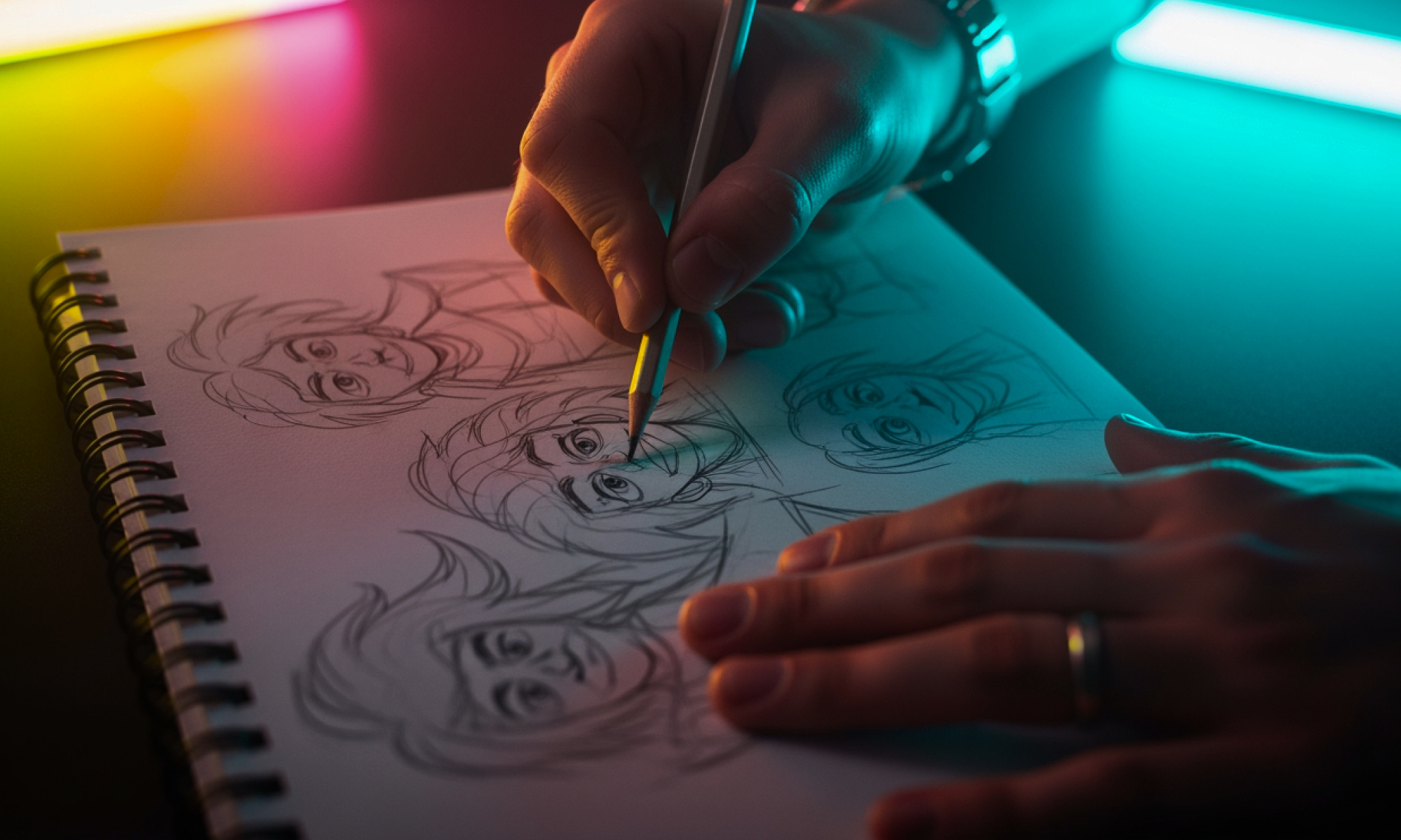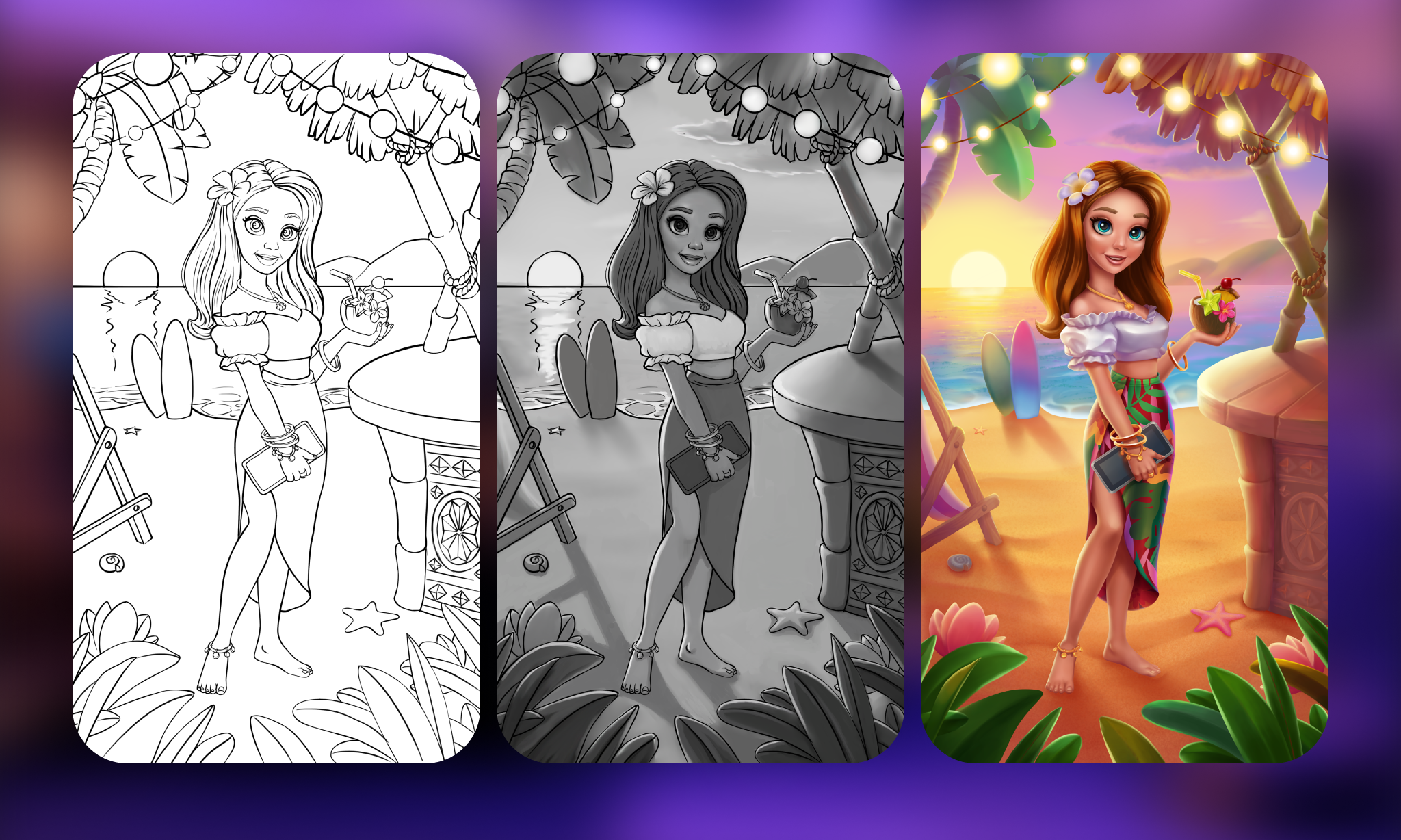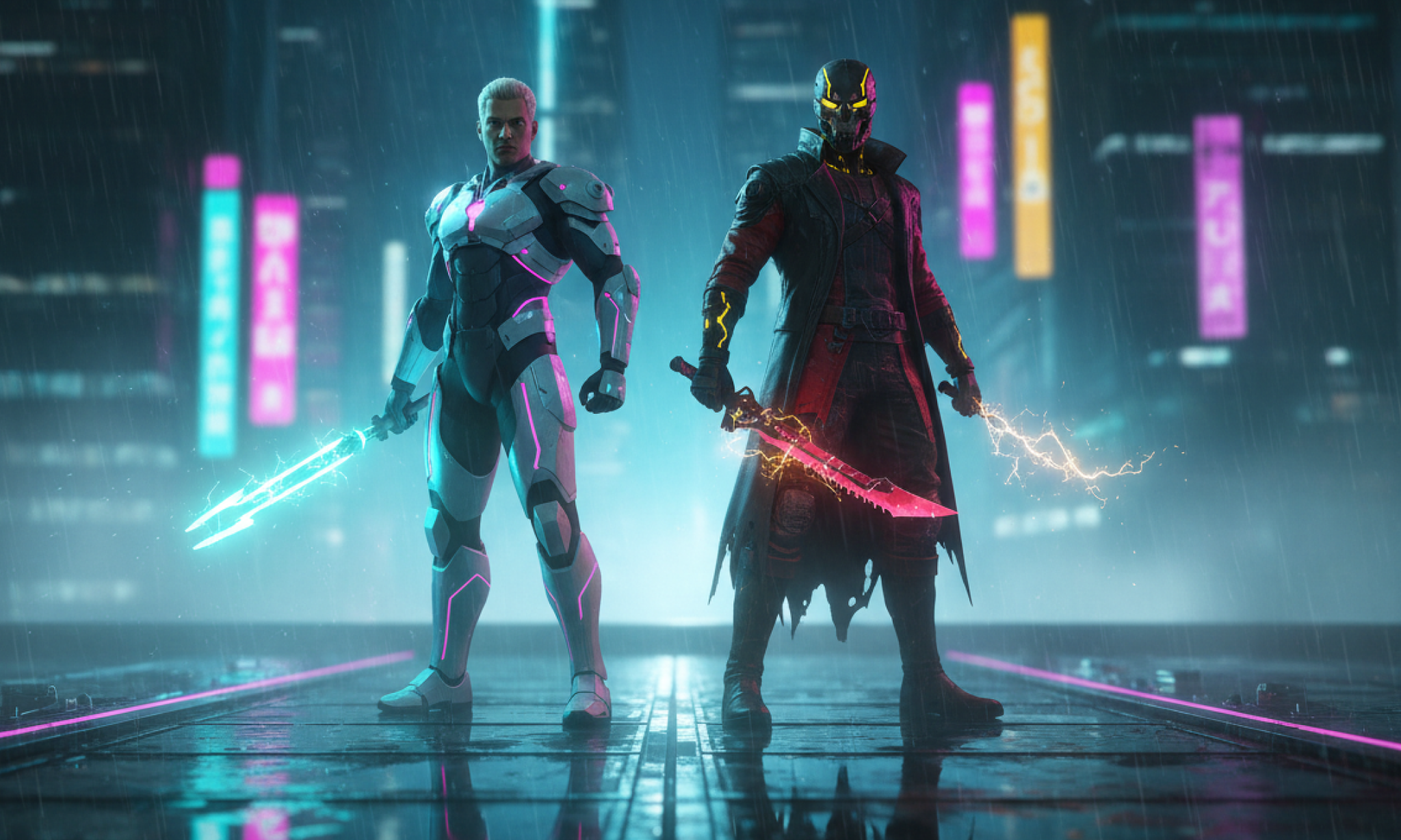Designing unforgettable heroes, villains, and companions is one of the biggest challenges in modern game development. Players don’t just interact with game characters, but connect emotionally with them. Yet, many new developers struggle with designing video game characters that feel both believable and memorable.
This ultimate guide explains everything you need to know about video game character design, from concept creation to personality development. You’ll learn the core principles that professional character designers use to bring depth, emotion, and purpose into every design, helping you create characters that truly live within your game’s world.




